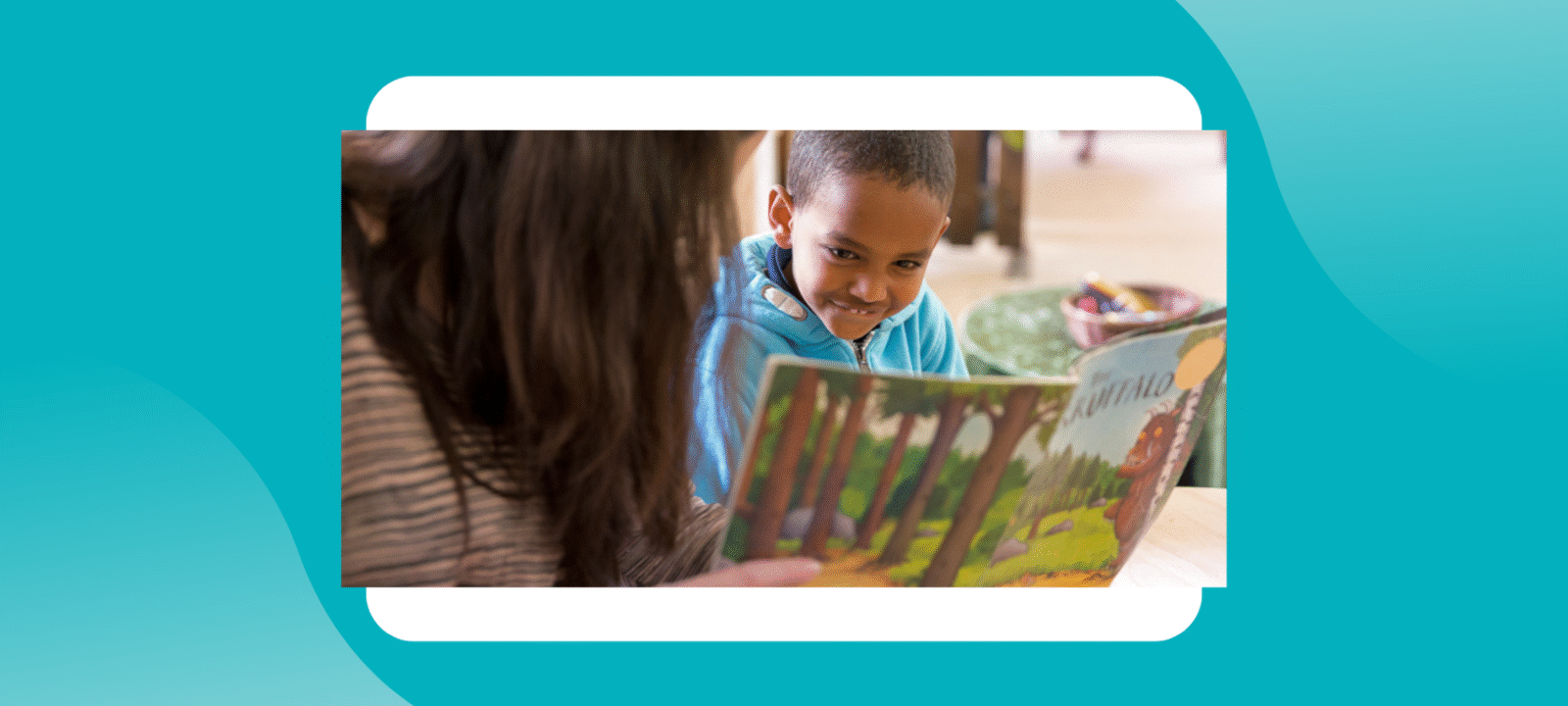5 Nov 2025
- fkaCS Updates
- Sector Updates
- Advocacy & Policy News
Every Language, Every Child

As we reflect on October’s Bilingual Child Month, fka Children’s Services is taking a moment of reflection to explore what it means to be a multilingual child in today’s early learning environment. In Victoria, many children grow up with more than one language; words, songs, and stories connect children to family, culture, and community. For early childhood professionals, this month invites both celebration and reflection It is a reminder that the languages children hold are more than communication tools. Languages are central to shaping identity, supporting lifelong learning and, nurturing healthy brain development.
Every language a child brings matters. Whether through shared songs, bilingual storybooks, or everyday conversations with families, children learn that their languages are valued, and their voices are heard.
Linking to children’s rights, early multilingualism supports children to use and develop their home languages, strengthening identity, belonging, and wellbeing. When children see their languages reflected in the learning environment, they understand that who they are has a place in their community.
When early years professionals intentionally and authentically include the languages spoken within their learning community, they foster what is known as a multilingual ecology. This pedagogical approach values the home languages of children and colleagues as rich resources that enhance the community, rather than as obstacles to overcome. By embedding multilingual practices throughout the entire year rather than limiting them to a single month, we cultivate environments that promote equity, inclusion, and high-quality learning. In these settings, every child is recognised as a capable communicator and a valued member of their community.[1]
Bilingualism as a Strength
Historically, bilingualism in education has been viewed through a mindset that positioned multilingualism as a deficiency rather than a strength. These language policies privileged dominant European languages while marginalising Indigenous and minoritised tongues.
Contemporary research continues to challenge this legacy. A systematic review of over 200 studies found that bilingual and multilingual children exhibit structural and functional differences in brain regions linked to language control and cognitive flexibility, such as task-switching and inhibition.[1] Similarly, a pilot study of Australian early childhood educators revealed that multilingual educators’ emotional and linguistic capital fostered children’s sense of belonging and affirmed their cultural identities.[2] These findings underscore that bilingualism is not a deficit, it is a cognitive, cultural, and social asset that enhances children’s ability to navigate complex social worlds and engage in lifelong learning.
Because bilingual children often interpret and express ideas across languages, many show flexible thinking and creative problem solving when approaching new tasks. For a single child in your room, this can look like using different strategies during play, adapting a story to fit audience, or persisting when a task requires trying alternate approaches.[3]
Bilingualism and Quality Practice
The Victorian Early Years Learning and Development Framework (VEYLDF) underlines that the “rich array of languages and cultures enable many opportunities for valuing and strengthening multilingual capabilities, respecting cultural diversity, supporting common values and building social cohesion.”[4]
Embedding children’s home languages into early learning programs is not optional, it is good pedagogy and aligns with the National Quality Standard (NQS) and Child Safe Standards, which highlight inclusion, diversity and respect.
ECEC settings can further strengthen their practice by:
- – Collaborating with families to understand language practices and aspirations.
- – Designing holistic programs that intentionally integrate children’s multilingualism, not just through a “home-language corner” but as part of routines, play and everyday communication.
- – Using bilingual and multilingual resources (books, songs, posters) and encouraging code-switching and translanguaging as legitimate communication strategies.
- – Supporting educator beliefs and capacity: As Keary, Zheng and Garvis (2025) found, multilingual educators’ use of home languages and multilingual pedagogical practices contributed to children feeling a sense of belonging. As the study notes, planning and implementing multilingual pedagogy can be challenging for educators, work with your team to develop this practice.
How fkaCS Can Support You
At fka Children’s Services, we are committed to supporting early childhood professionals to embed multilingual and culturally inclusive practices.
Explore our:
Recommended Multicultural Resource Centre resources:
- – Habbi Habbi collection with Reading Wand
- – Who are we? Karen S’gaw & English (Available in other languages)
- – Bilingual Matching Games
- – Number Memory Games
Coming soon to the MRC
- – I am me
- – The big book of rights
- – The right to be me
- – My Language Rights
- – I have the Right: An affirmation of the United Nations Convention on the Rights of the Child
*If you are not a member, please contact us to discuss your membership options.
Together, let us continue to value every language, every child, this month, and every month.
Looking to strengthen multilingual practice in your service?
Call us on 03 9428 4471 to speak with one of our Pedagogy and Practice Consultants.
References
[1] Victorian Curriculum and Assessment Authority. (2023). Supporting bilingualism, multilingualism and language learning in the early years: Practice guide for early childhood educators. VCAA.
[2] Keary, A., Zheng, H., & Garvis, S. (2025). Australian multilingual early childhood educators’ use of languages in early childhood education settings: findings of a qualitative (pilot) study. European Early Childhood Education Research Journal, 1–15. https://doi.org/10.1080/1350293X.2025.2453866
[3] V. DeLuca, J. Rothman, E. Bialystok, & C. Pliatsikas, Redefining bilingualism as a spectrum of experiences that differentially affects brain structure and function, Proc. Natl. Acad. Sci. U.S.A. 116 (15) 7565-7574, https://doi.org/10.1073/pnas.1811513116 (2019).
[4] Department of Education and Training (2016). Victorian Early years Learning and Development Framework – For All Children From Birth To Eight Years. p.18 https://www.education.vic.gov.au/Documents/childhood/providers/edcare/veyldframework.pdf
20 Oct 2025
- fkaCS Updates
- Sector Updates
Congratulations to Melodie Davies – Lisa Bellear Award Recipient
23 May 2025
- fkaCS Updates
- Sector Updates
ECA Podcast Episode 37: Diving into Victoria’s Child Information Sharing Scheme Part 2
6 Aug 2024
- fkaCS Updates


